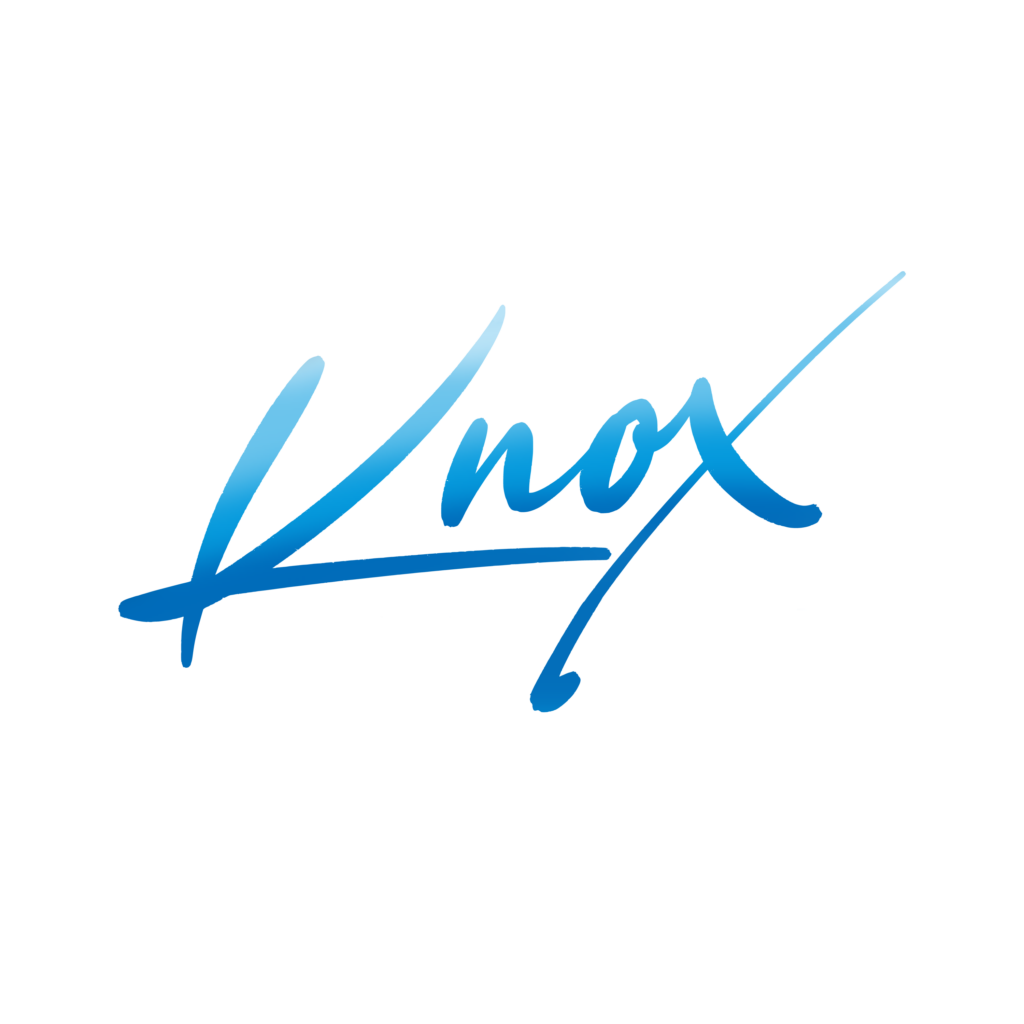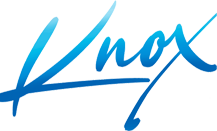Business can often be thought of as a three-legged stool: People, Process and Technology, with the focus and investments focused heavily on the latter two.
Why do people always come last? Because it involves a lot more ‘art’ as opposed to hardcore metrics that can be derived from Process and Technology.
So the friction of organization change management (OCM) starts pre-sales in the form of upper management often resisting the invest need to keep our three-legged stool balanced.
Those who become adept at selling the value and need for detailed change plans can make it look great in a PowerPoint deck. And that lasts until the plan starts affecting real people.
Too many organizations rely on linear frameworks and rigid playbooks – believing that change can be rolled out like a new app update. But humans aren’t software. We aren’t linear processes. And real culture doesn’t change because of a memo.
That’s why I created Strategic Effects – a battle-tested framework I’ve used to lead transformations across industries and across continents. It’s simple, powerful and rooted in real experience, not theory.
Let’s break it down.
1. Change Isn’t a Checklist – It’s a Campaign
Most organizations treat change like a checklist:
- Announce the plan
- Send out comms
- Hope for adoption
I’m sure this sounds familiar to you. Perhaps you’ve experienced it yourself.
But change doesn’t stick unless people believe in it and they understand the why. That takes repetition, storytelling, buy-in and consistency – the same ingredients that make a great marketing campaign.
Knox Point: You can’t force change. You have to earn it.
2. The Strategic Effects Framework
Here’s how it works:
- Observe: What’s really happening on the ground? Not executive assumptions – actual user feedback, cultural signals, day-to-day behavior.
- Orient: What’s the context? Who are the players? What’s the landscape? This is where you align expectations, uncover power dynamics and build your initial strategy.
- Analyze: What levers matter most? What’s blocking progress? Where can we get early wins? Establish decision trees. Examine courses of action and their unintended consequences
- Act: Start small, move fast. Visible wins build momentum.
- Repeat: Test. Learn. Review. Refine. Do it again.
This isn’t a one-and-done. It’s a rhythm. And if you’re familiar with manufacturing, you might see some similarities to Kaizen. (Described and compared in the table below. But a deeper discussion and be held on a different day or in a workshop if you’d like!)
| 🔍 Concept | Kaizen | Strategic Effects (Knox’s Framework) |
| 🌱 Origin | Japanese philosophy from manufacturing (Toyota) | Business consulting meets military strategy |
| 🔁 Approach | Continuous improvement — incremental, ongoing | Adaptive change — observe, act, recalibrate, repeat |
| 👥 Who drives it? | Often bottom-up — frontline workers improve work | Leader-led with full org alignment and cultural visibility |
| 🧰 Tools/Frequency | Daily/weekly processes, often structured routines | Situational — campaigns, interventions, ongoing observations |
| 📊 Focus | Process improvement, operational efficiency | Cultural alignment, strategic transformation, behavior change |
| 🎯 Application Style | Narrow and consistent | Broad and flexible — used across org, marketing, ops, HR, etc. |
| 🧭 Guiding Principle | “Better every day” | “Change isn’t linear — it’s strategic, human, and rhythmic” |
3. Culture Is the Operating System
Executives love to quote Drucker: “Culture eats strategy for breakfast.” But when it comes time to budget for culture-building, they choke.
Here’s the truth:
Culture is not a vibe. It’s not a mission statement. It’s how decisions get made when no one’s looking.
If you want to change the business – you have to change the behavior. And if you want to change the behavior – you better be intentional about the culture.
4. Leadership Visibility = Change Velocity
You want your change efforts to move faster? Then your leaders need to show up more. And show up with more intentions.
Not just during the kickoff. Not just at town halls. But consistently. Authentically. Publicly.
If employees don’t see leadership involved, they assume it’s not important.
Change is a contact sport. If leaders are invisible, trust erodes. Momentum fades. People retreat and wait it out. They revert to old habits.
5. Stop Thinking the Job Is Done
You launched the plan. You checked the boxes. You hit send on the emails.
Congrats… but that was just Phase 1.
The real work starts after the rollout. That’s when fear, fatigue and friction show up. That’s when you need to Observe → Orient → Analyze → Act → Repeat all over again.
The org is always changing. People are always changing jobs and roles. So must your approach. Your plan must go well beyond initial rollout. You need to evaluate how much of the changed people, process and technology has really stuck. How much has stayed in place – 6 months, 12 months, even 24 months post cutover.
Final Thoughts
Change management shouldn’t feel like a bureaucratic exercise. It should feel like being included. It should build momentum. It should feel like clarity. Like alignment.
That’s what Strategic Effects delivers.
If you’re tired of lip-service leadership and checkbox change, let’s talk.

Like what you read?
🔗 Let’s connect on LinkedIn: www.linkedin.com/in/knoxkeith


